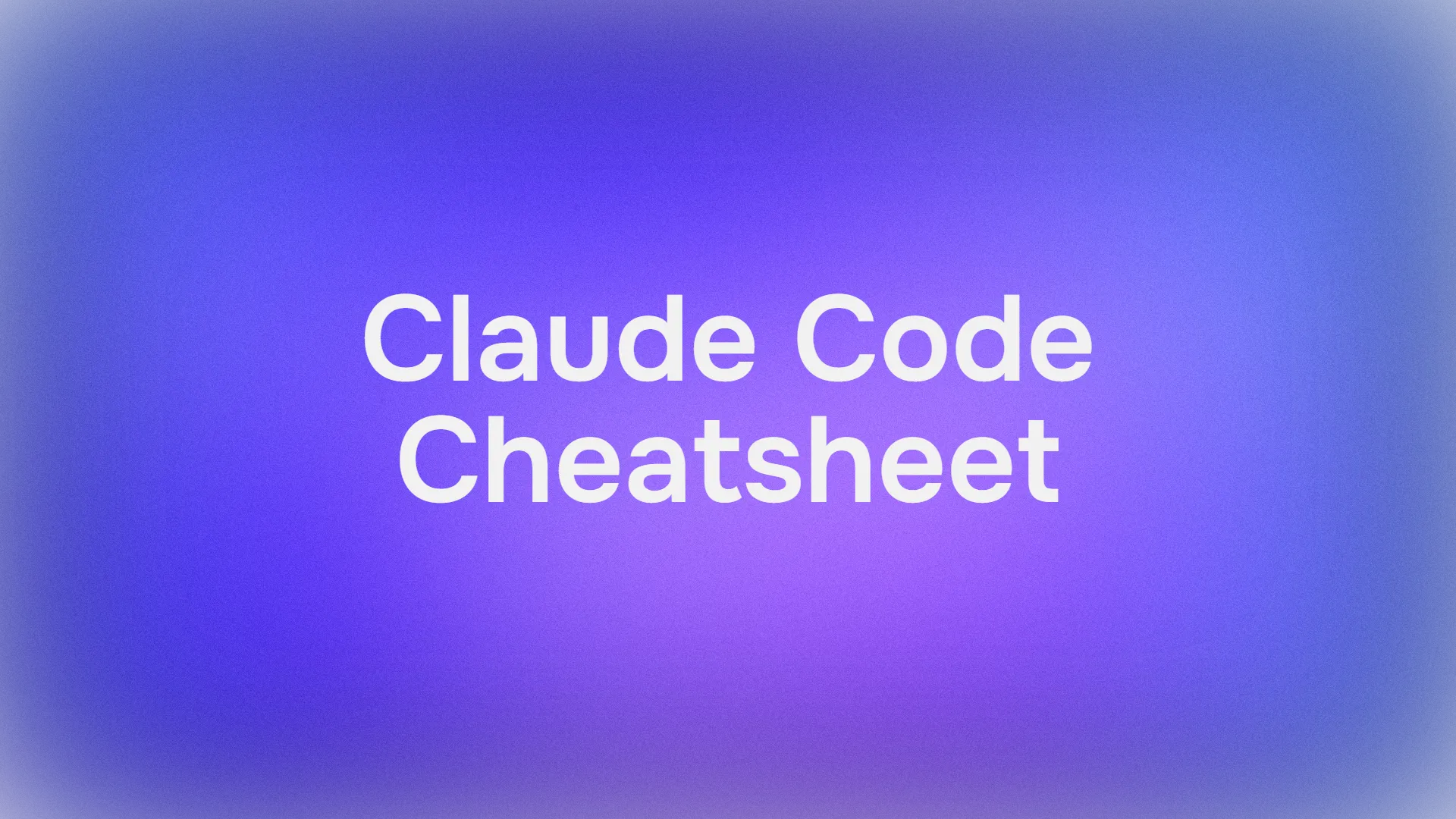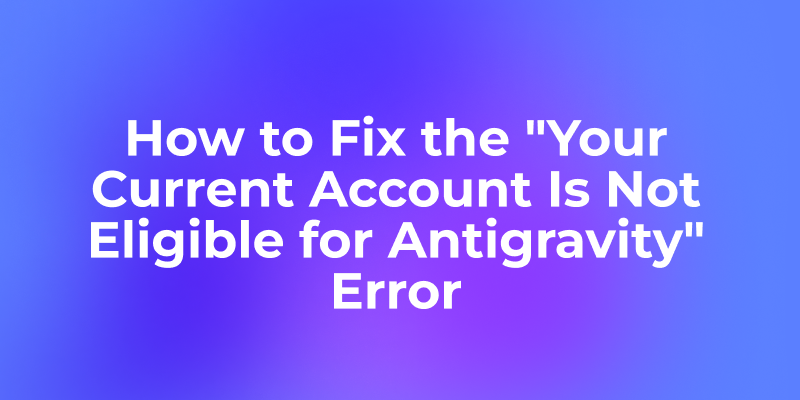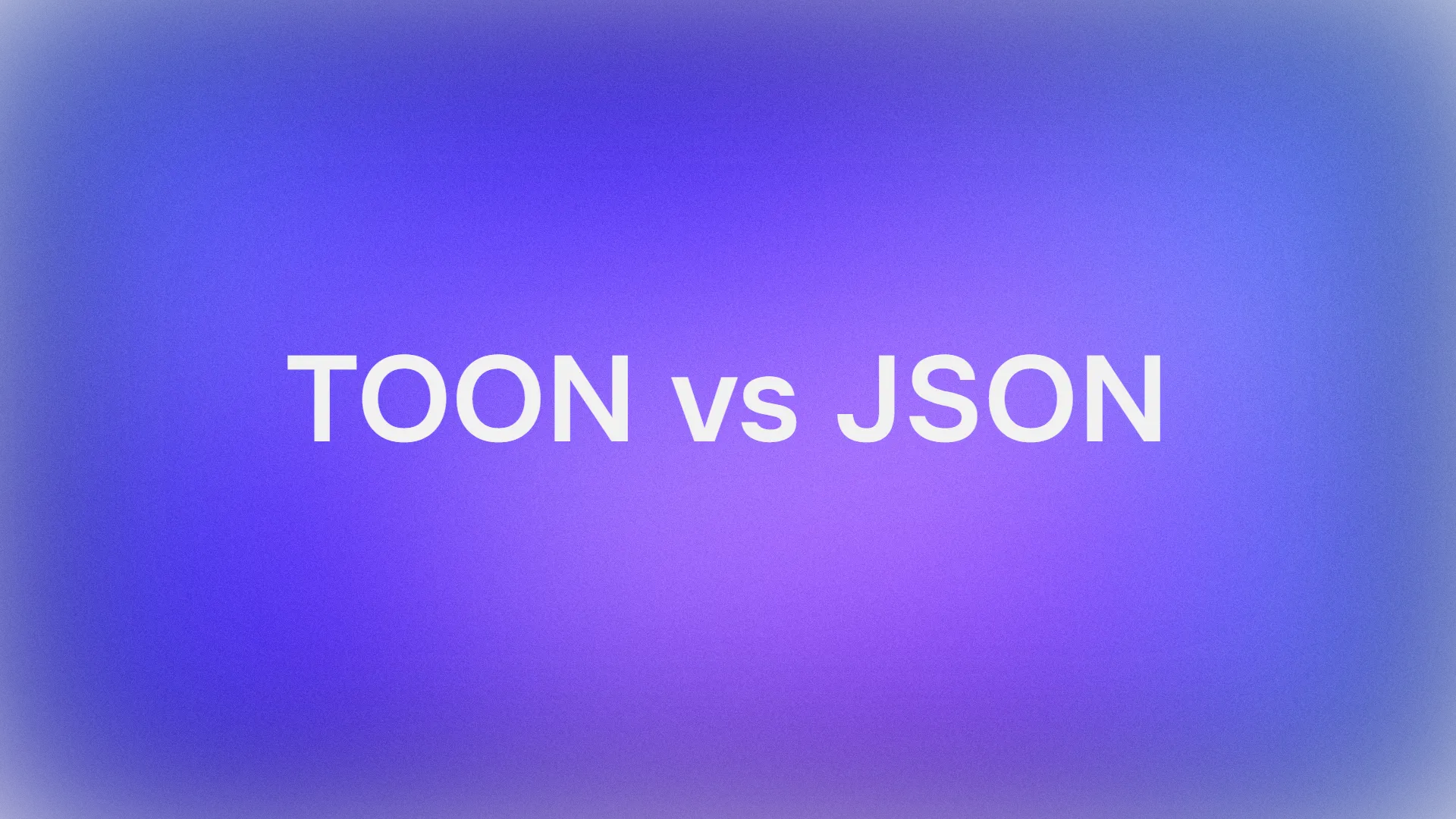The first quarter of 2025 was crazy. Artificial intelligence (AI) surged forward with groundbreaking developments, transforming the technological landscape at an astonishing pace. Tech giants like Google, OpenAI, and Alibaba, alongside innovative startups and a thriving open-source community, unleashed a wave of advancements that redefined what AI can achieve. From state-of-the-art (SOTA) models with advanced reasoning to native image generation and a flood of open-source models, Q1 2025 marked a pivotal moment in AI history. In this technical blog post, we explore these innovations in detail, focusing on key players and their contributions.

Gemini 2.5 Pro: The SOTA LLM with Thinking Capabilities
Google kicked off 2025 with a bang, releasing Gemini 2.5 Pro, a SOTA large language model (LLM) that redefines AI reasoning. Unlike traditional models, Gemini 2.5 Pro actively "thinks" through complex problems before responding, delivering precise and accurate outputs. This capability propelled it past competitors like OpenAI’s o3-mini and Anthropic’s Claude 3.5 in benchmarks, excelling in math, science, and coding tasks.

Moreover, Gemini 2.5 Pro shines with its multimodal features. It processes text, images, audio, and video natively, mimicking human-like perception. With a context window of 1 million tokens expandable to 2 million soon it handles massive datasets effortlessly, from lengthy documents to extended conversations. Developers particularly praise its coding prowess. Scoring 63.8% on SWE-Bench Verified, Gemini 2.5 Pro transforms and edits code with ease, making it a go-to tool for agentic coding and web app development.
Transitioning to its impact, Gemini 2.5 Pro solidifies Google’s leadership in the AI race, setting a high bar for reasoning and multimodal performance.
Grok 3: xAI’s Mysterious Powerhouse
Next, xAI’s Grok 3 emerged as a formidable contender. While details remain scarce, this model promises advanced reasoning capabilities, likely excelling in tasks like logical problem-solving and mathematical analysis. Positioned to rival top-tier models, Grok 3 underscores xAI’s ambition to accelerate human scientific discovery.

Although specifics are limited, the AI community buzzes with anticipation. Grok 3’s performance in upcoming benchmarks will reveal its strengths, but its early mentions suggest it pushes boundaries in specialized domains. For now, it stands as a dark horse in the AI race, hinting at xAI’s growing influence.
Native Image Generation from OpenAI and Google: A Multimodal Breakthrough
Meanwhile, OpenAI and Google revolutionized multimodal AI with native image generation. This feature integrates image creation directly into their models, allowing users to generate high-quality visuals via chat interfaces. OpenAI embedded this capability into ChatGPT, enabling seamless image outputs alongside text responses. Similarly, Google enhanced its models, leveraging Gemini’s multimodal foundation to produce images effortlessly.

This advancement signals a leap forward. Previously, image generation required separate tools like DALL-E or Midjourney. Now, native integration streamlines workflows, opening doors to creative and practical applications think instant design mockups or visual data summaries. Consequently, multimodal AI becomes more versatile, blending text and visuals in ways that mirror human communication.

DeepSeek v3, v3 0324, r1: Open-Source and Open Weight Reasoning
DeepSeek stole the spotlight with its open-source models: DeepSeek v3, v3 0324, and r1. These models introduce open weight reasoning, a game-changer for the AI community. Unlike proprietary models with locked weights, open weight reasoning lets developers access and tweak the model’s parameters, fostering customization and innovation.

DeepSeek r1, for instance, boasts exceptional reasoning, web search integration, and contextual awareness. It outshines models like OpenAI’s o1 and Meta’s Llama 3.3 in key benchmarks, proving open-source can compete with the best. Meanwhile, DeepSeek v3 0324, with 685 billion parameters, leads non-reasoning models, marking a historic milestone for open weights.
Consequently, DeepSeek’s efforts democratize AI. By releasing these models under open-source licenses, they empower researchers and startups to build on cutting-edge technology, accelerating progress across the field.
ManusAI: A Tool for Precision in AI Development
Shifting gears, ManusAI emerges as a potential ally for AI developers. Though details are sparse, it likely offers manual or semi-automated solutions for refining AI processes. Imagine a platform that fine-tunes model outputs or optimizes training workflows ManusAI could fill such a niche. As AI grows more complex, tools like this bridge the gap between raw computation and human oversight, ensuring precision in development.

DeepResearch: Powering Insights from Grok, OpenAI, Perplexity, and Google
Similarly, DeepResearch stands out as a research powerhouse. Likely a platform from Grok, OpenAI, Perplexity, or Google (with OpenAI possibly leading the pack), DeepResearch enhances AI-driven discovery. It might offer advanced search, data analysis, or synthesis tools, enabling researchers to extract insights from vast datasets.
For example, integrating Grok’s reasoning, OpenAI’s multimodal capabilities, Perplexity’s knowledge aggregation, and Google’s infrastructure, DeepResearch could deliver unparalleled research efficiency. As a result, it positions itself as a must-have for academics and professionals navigating the AI explosion of 2025.
OpenAI’s Operator (CUA): Automating the Future
OpenAI’s Operator, dubbed CUA (Computer Use Agent), introduces automation to AI operations. This feature likely manages workflows, integrates models, or automates repetitive tasks. Picture an agent that schedules training runs, monitors performance, or deploys models seamlessly, Operator could do just that.

By reducing manual overhead, Operator boosts productivity. It reflects OpenAI’s push to make AI not just powerful but also practical, enhancing its real-world utility.
Outstanding SLMs: Mistral 3.1 Small and Gemini 2.0 Flash
Small language models (SLMs) also made waves, with Mistral 3.1 Small and Gemini 2.0 Flash leading the charge. These outstanding SLMs prioritize efficiency without sacrificing performance. Mistral 3.1 Small delivers fast inference speeds, ideal for lightweight applications. Likewise, Gemini 2.0 Flash balances speed and capability, excelling in real-time tasks.

These models cater to resource-constrained environments like mobile devices or edge computing. Thus, they expand AI’s reach, proving that smaller models can pack a punch in a field often dominated by giants.
Qwen Max: Alibaba’s Multimodal Titan
Alibaba’s Qwen Max, a standout in the Qwen series, tackles multimodal challenges head-on. Handling text, images, audio, and video, Qwen Max competes with top models from Google and OpenAI. Its large context window and robust performance make it a powerhouse for e-commerce, enterprise solutions, and beyond.

For instance, Qwen Max’s video generation capabilities introduced in Qwen2.5-Max, enable short video creation from chat inputs. This versatility strengthens Alibaba’s AI ecosystem, positioning Qwen Max as a key player in 2025’s competitive landscape.
Almost Countless Open-Source Models: A Thriving Ecosystem
Finally, the open-source ecosystem exploded in Q1 2025. Beyond DeepSeek’s offerings, almost countless open-source models flooded the scene. This diversity fuels innovation, as developers remix, refine, and redeploy models for countless use cases.
This surge reflects a broader trend: open-source AI drives accessibility. From hobbyists to enterprises, anyone can tap into advanced technology, spurring collaboration and creativity. Consequently, the community thrives, pushing AI forward faster than ever.
Conclusion: A Crazy Quarter Sets the Stage
The first quarter of 2025 was indeed crazy, a whirlwind of AI advancements that reshaped the field. Gemini 2.5 Pro’s thinking capabilities, Grok 3’s potential, and native image generation from OpenAI and Google showcased technical brilliance. DeepSeek’s open-source revolution, alongside tools like ManusAI and DeepResearach, empowered the community. OpenAI’s Operator, outstanding SLMs like Mistral 3.1 Small and Gemini 2.0 Flash, Qwen Max, and a flood of open-source models rounded out a transformative period.
Looking ahead, these innovations promise even greater breakthroughs. The AI race intensifies, and Q1 2025 proves that the future arrives faster than we expect.




